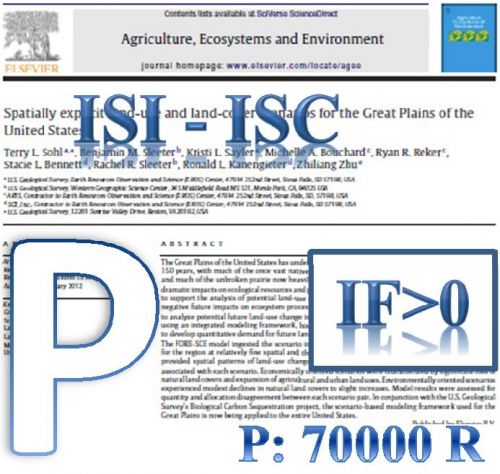The measuring of physical properties in laboratory is very important issue in petroleum industry. Sec- ondary and tertiary oil recovery, gas condensate recovery, especially by gas injection, near-critical fluids recovery and wettability alteration surface tensions are very important to measure. One objective of this study is to perform a precise measuring procedure employing the pendant drop technique. Iranian oil reservoir samples as denser phase and its immiscible injecting gas are used at reservoir condition. While experimental measurements are often expensive and time-consuming, models are commonly used. Moreover, this study presents the potential of the least squares support vector machines (LSSVM) modeling approach to predict the gas–oil interfacial tension. To develop the model, a total of 75 data generated from our experiments covering a wide temperature range of 100 through 200 F and a wide pressure range of 14.7 through 5000 psi are used. Genetic algorithm (GA) as population based stochas- tic search algorithm was used to gain the optimal LSSVM models parameters respectively. The results revealed that the GA-LSSVM are capable of capturing the complicated nonlinear relationship between the input and output variables. For the purpose of predicting gas–oil interfacial tension, the GA-LSSVM models yielded the mean absolute error (MAE) and coefficient of determination (R2 ) values of 1.6028 and 0.9988, respectively for the whole data set.
کلید واژگان :Interfacial tensionViscosityGasOilPredictive modelingLeast-squares support vector machine
ارزش ریالی : 1200000 ریال
با پرداخت الکترونیک
